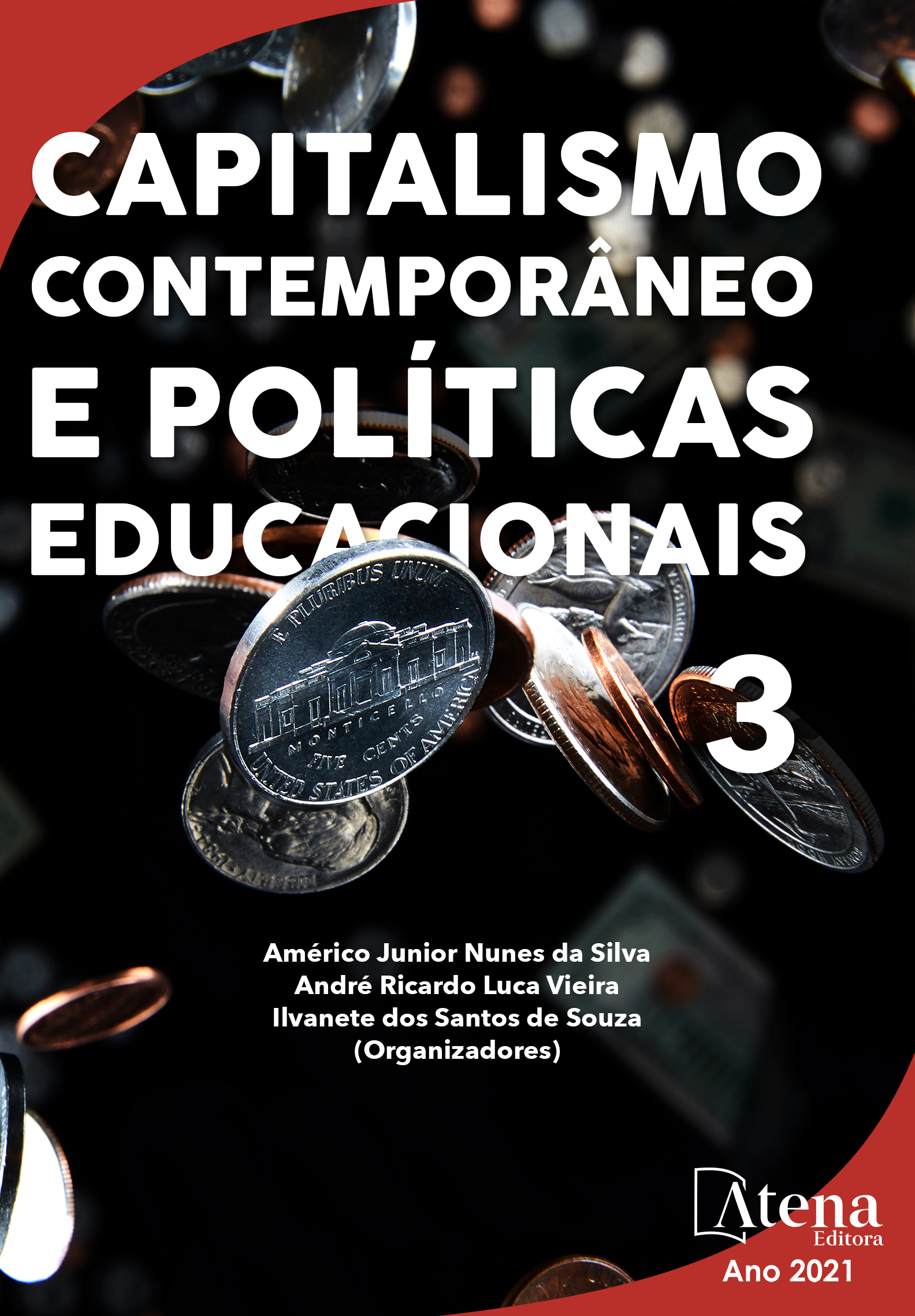
“IDENTIFICAÇÃO DE FUNCIONALIDADES ACADÊMICAS DE ALUNOS COM DEFICIÊNCIAS A PARTIR DOS PROTOCOLOS SIS E CIF”
A Classificação Internacional de Funcionalidade, Incapacidade e Saúde nasceu em 22 de maio do ano 2001, através da resolução 54.21 da OMS. E pode ser entendida como um instrumento para descrever como um grupo, uma sociedade ou um país vivencia suas condições de saúde, ajudando a compreender e a medir esses resultados. Seu objetivo é mapear a interação do organismo com o meio, classificar e gerar qualificadores para identificar e estabelecer as formas de intervenções para melhorar a qualidade de vida do sujeito. Sendo a CIF multidimensional e ecológica ela também necessita de multiprofissionais, esse estudo objetiva identificar o papel do profissional da pedagogia dentro da percepção dessa Classificação que relaciona a aprendizagem à saúde. A partir das percepções múltiplas do pedagogo é possível planejar intervenções no ambiente educacional e familiar no aspecto do desenvolvimento humano. Eticamente esse projeto está vinculado a um projeto maior que é a validação da Escala SIS – System Intensive Supports Scale (Escala de Suporte e Intensidade) no Brasil. Os aspectos da Escala de Suporte e Intensidade de Apoio – SIS, é produzir conteúdo para auxiliar as equipes de planejamento e instituições a entender as especificidades das necessidades de apoios a pessoas com deficiência intelectual e outras deficiências do desenvolvimento. A SIS se caracteriza por etapas: a seção 1, Necessidades de Apoio Médico e Comportamental Especificas, a seção 2 contempla a Escala de Necessidades de Apoio. A pesquisa é quantitativa positivista e experimental, e tem como base a estrutura das restrições e facilitações na interação do sujeito com o ambiente, conhecendo e analisando suas causas. Seguindo o modelo Bioecológico onde a ênfase está na pessoa em desenvolvimento. Este projeto se realizará através do Núcleo de Estudos e Pesquisas em Educação Especial e Inclusiva (NEEI) cuja sua estrutura física é na Universidade do Estado do Rio de Janeiro na Faculdade de Educação, campus Maracanã.
“IDENTIFICAÇÃO DE FUNCIONALIDADES ACADÊMICAS DE ALUNOS COM DEFICIÊNCIAS A PARTIR DOS PROTOCOLOS SIS E CIF”
-
DOI: 10.22533/at.ed.6542111066
-
Palavras-chave: CIF – SIS – Pedagogia – Desenvolvimento Humano
-
Keywords: CIF - SIS - Pedagogy - Human Development
-
Abstract:
The International Classification of Functionality, Disability and Health was born on May 22, 2001, through WHO resolution 54.21. And it can be understood as an instrument to describe how a group, society or country experiences their health conditions, helping to understand and measure these results. Its objective is to map the organism's interaction with the environment, classify and generate qualifiers to identify and establish the forms of interventions to improve the subject's quality of life. Since the ICF is multidimensional and ecological, it also needs multiprofessionals, this study aims to identify the role of the pedagogical professional within the perception of this Classification that links learning to health. Based on the educator's multiple perceptions, it is possible to plan interventions in the educational and family environment in the aspect of human development. Ethically, this project is linked to a larger project, which is the validation of the SIS Scale - System Intensive Supports Scale (Support and Intensity Scale) in Brazil. Aspects of the Support Scale and Support Intensity - SIS, is to produce content to help planning teams and institutions to understand the specific needs of support for people with intellectual disabilities and other developmental disabilities. SIS is characterized by stages: section 1, Specific Medical and Behavioral Support Needs, section 2 includes the Support Needs Scale. The research is quantitative positivist and experimental, and is based on the structure of the restrictions and facilitations in the interaction of the subject with the environment, knowing and analyzing its causes. Following the Bioecological model where the emphasis is on the developing person. This project will be carried out through the Center for Studies and Research in Special and Inclusive Education (NEEI) whose physical structure is at the State University of Rio de Janeiro at the Faculty of Education, Maracanã campus.
-
Número de páginas: 11
- Ediclea Mascarenhas Fernandes
- Hélio Orrico
- Kezia Graziela de Queiroz


